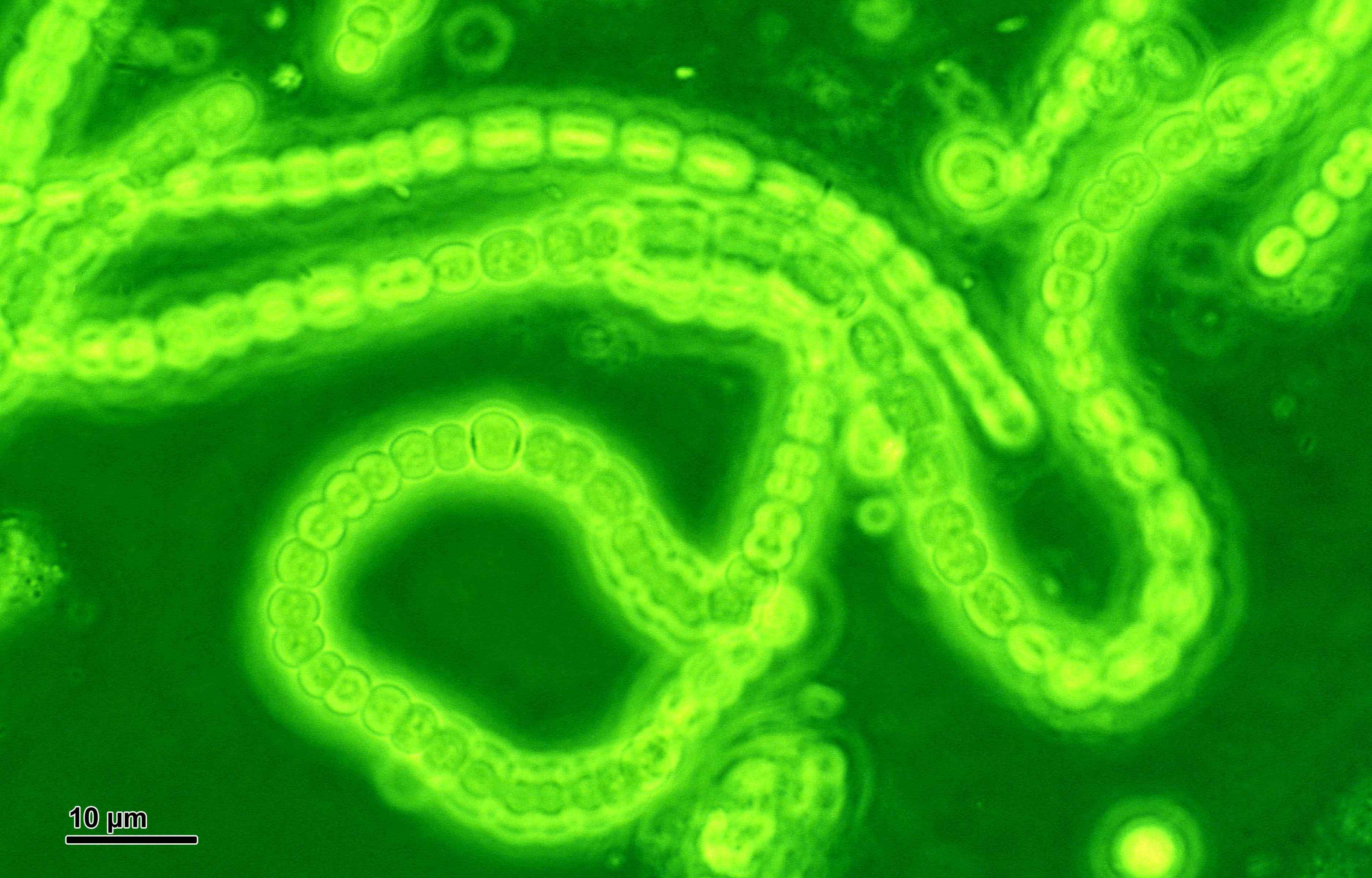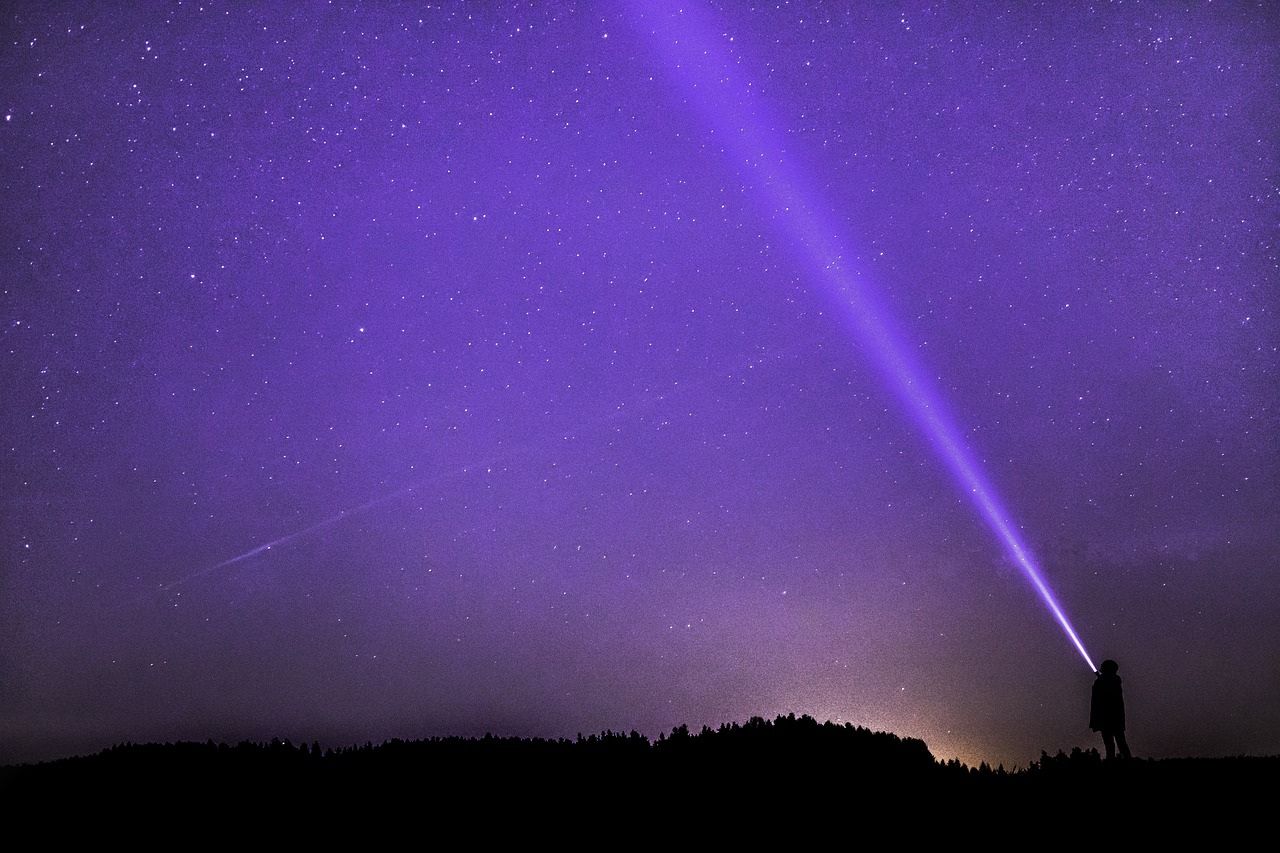The Tiniest Eye On Earth Is Only 3 Micrometers In Diameter

Cyanobacteria, previously called blue-green algae (such as the Synechocystis species), are tiny living organisms that play a crucial role in our ecosystem. They are able to make their own food from sunlight, water, and carbon dioxide, just like plants. Scientists are very interested in studying cyanobacteria because they can help us understand how photosynthesis works and how living things evolve.
These oxygen-producing photosynthetic organisms were first discovered in the year 1965 and are actually 2.1 billion years old or older, but that's not the only fascinating thing about them. The ability to see something is actually miraculous on its own for living things, be it humans or animals. Apart from variation in their lenses, the goal of sight is gifted by nature to them as a powerful weapon to facilitate survival. Clearly, nature doesn't limit its kindness to the complex species only, but to even the tiniest possible living organisms. As complex as that task is, in fact, the human eye uses about 100 million light-sensitive cells to do it; bacteria can actually see with just a single cell.
Scientists have made a groundbreaking discovery in understanding how bacteria sense light. Researchers at Queen Mary University of London, led by Professor Conrad Mullineaux, conducted a study on cyanobacteria, a type of single-celled microorganism found in pond slime.
A recent study has uncovered the remarkable ability of cyanobacteria to perceive and respond to light stimuli. By exposing these microorganisms to a laser, scientists observed their reactions and discovered an astonishing similarity between bacterial light sensitivity and human vision. When subjected to light, the rounded shape of the bacterial cell focuses the light onto the opposite side, creating a blurry image. This process is astonishingly similar to the way the human eye focuses an inverted image onto the retina.
Furthermore, the bacteria utilise tiny hairs called pili to propel themselves towards the light source. Interestingly, despite their incredibly small size of only three micrometres (0.003 mm) in diameter, the bacteria in this study use the same fundamental physical principles as the lens of a camera or the human eye. This remarkable similarity earns them the distinction of being "probably the world's smallest and oldest example" of a lens-like structure.
According to Professor Conrad Mullineaux, "The idea that bacteria can perceive their environment in a manner similar to human vision is truly fascinating." He also noted that spherical cyanobacteria, which have existed for approximately 2.7 billion years, represent the smallest and oldest known example of a camera-like eye.
This groundbreaking discovery has significant implications for our understanding of microbial behaviour and sensory capabilities. Despite being studied under microscopes for over 340 years, the mechanisms underlying bacterial light sensitivity have only recently been elucidated. The team's findings revealed that bacteria are capable of interpreting light in a manner similar to the human eye or a camera lens. To their surprise, the entire bacterial cell acts exactly like a miniature eyeball, enabling it to detect and respond to light stimuli.
This discovery is significant because it provides insight into the complex mechanisms by which bacteria interact with their environment. Bacteria's ability to sense light is crucial for their survival, as it allows them to regulate their growth, movement, and metabolic processes.
In conclusion, the recent discovery of bacterial light sensitivity has greatly contributed in our understanding of microbial biology. The astonishing similarity between bacterial light perception and human vision has left scientists fascinated. This groundbreaking finding has significant implications for various fields of research, including ecology, evolution, and biotechnology. Ultimately, this remarkable discovery serves as a subject to explore the diversity and adaptability of life on Earth, highlighting the intricate and fascinating relationships between even the smallest living organisms and their environment.
About the Author
A tiny note about me: My name is Duaa Ahmed and I’m a pharmacy undergrad student and I love to consume media in every form — be it books or social media. I read and write everything that seems cool to me, and my selection of media consumption and selection of their genres are limitless. Maybe it’s because I have fear of missing out, or maybe because I love to know everything about everything. I hope you enjoy my articles as much as I do while writing them. Thanks for reading them!
Similar Post You May Like
-

CFCs, HFCs and their long, troubled history
At its peak, the ozone hole covered an area 7 times larger than the size of Europe, around 29.9 million km2, and was rapidly expanding
-

The Origin of Universe: Deciding point where it all began!
Let us unravel and surf through the ideas throughout ages to understand what the universe and its origin itself was to its inhabitants across history.
-

The Artemis Program
Inspired by the Greek goddess of the Moon, twin sister to Apollo, the artimis program was named on 14 May 2019 by Jim Bridenstine.






